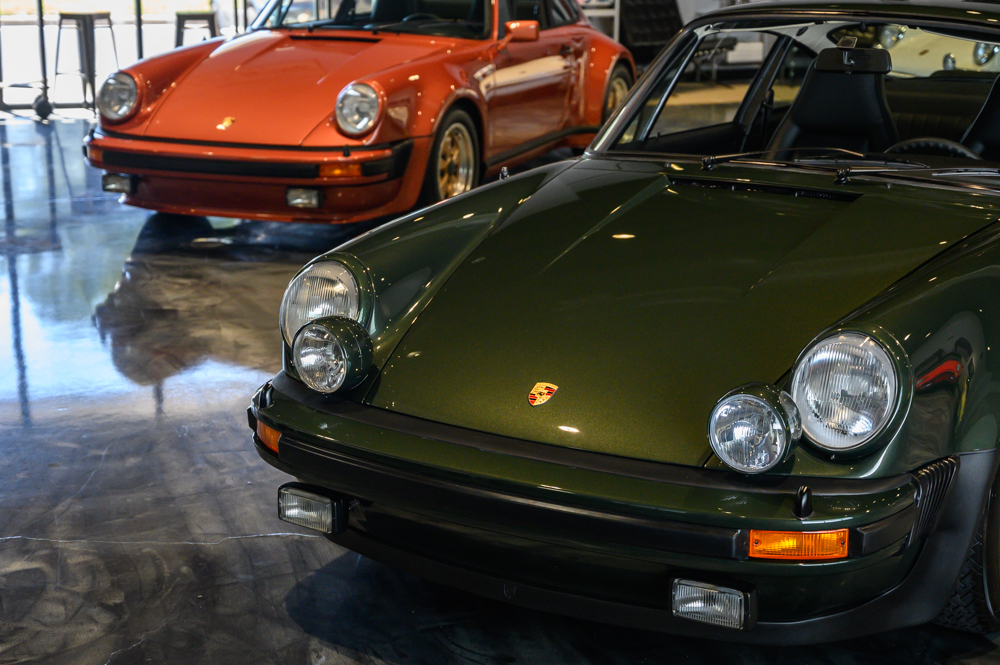Over the years I have written several articles in which I have attempted to explain the difference between Concours restoration and other forms of automotive restoration work. To summarize, concours restoration work demands the application of keen craftsmanship, guided by the discipline of proper research. In other words, it’s the quality of the research and executing the authentic details that distinguishes restoration shops on Concours fields in the modern world. After decades of over-restoration or haphazard work that often characterized much of the collector car market, collectors have matured to recognize the intrinsic value of performing authentic restoration work. It’s important to preserve history, not recreate it. I often listen to Malcom Gladwell’s podcast called “Revisionist History.” He suggests it’s human nature to approach the past in a way that has been forgotten or misunderstood. In a quality automotive restoration, it’s the research that allows us to conquer the temptation to over-restore or misrepresent how human hands originally made something.
It’s rewarding to see a finished restoration project drive down the road after putting more than 4,000 hours into it. We are an extremely low volume restoration shop, which inherently is the nature of Concours restoration work. We scrutinize every part and level of finish on each project untold numbers of times for period correctness. We cross-reference everything against every discipline of information available. It’s a constant commitment to overcome the rigor of the deep-seated physical and psychological challenges of restoration work. In the end, you must have true passion for this kind of work and derive satisfaction from a job well done.
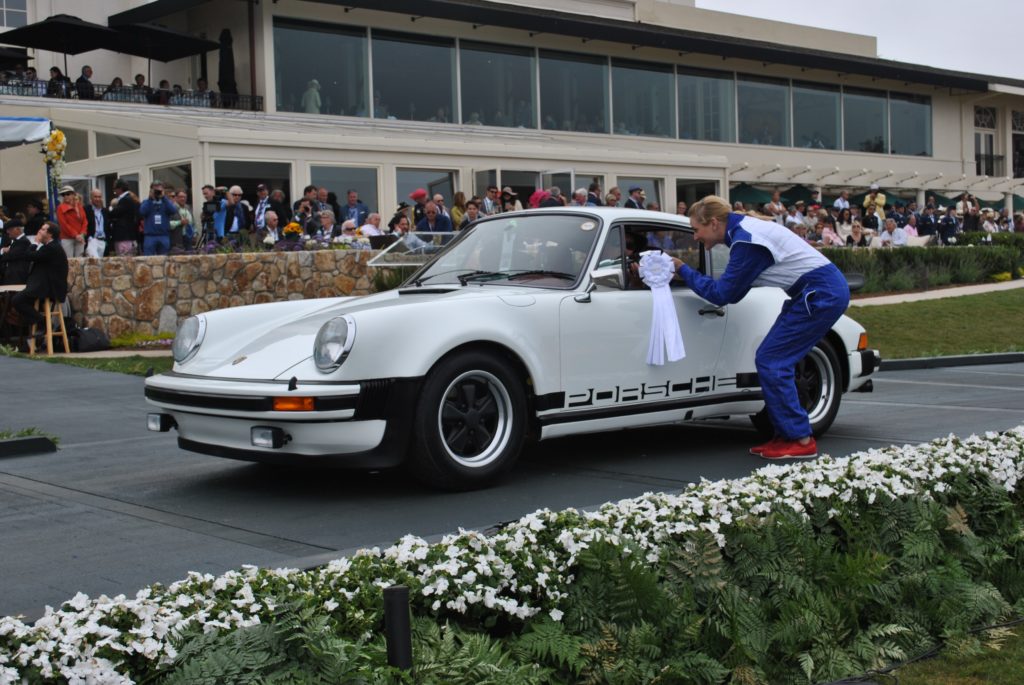
In 2014, the Pebble Beach Concours d’Elegance invited my father to participate in the 50th Anniversary class of the Porsche 911. Out of all the noteworthy 911’s in my parents’ collection, the selection committee extended an invitation for our original 1975 Turbo 3.0 Chassis 930 570 0242 with just slightly more than 9,000 miles on the odometer, much to our surprise. We performed our research to the best of our ability and prepped the car for this well anticipated class of special production 911 models. Miraculously, we placed third in a very competitive class of Porsches, most of which were freshly restored. During our preparation and research on the 1975 Turbo, I gained a whole new appreciation for this model that is often overlooked and certainly undervalued.
In 2015, we started the long restoration journey on two special 3.0 Turbos. These two cars, Chassis 930 570 0117 and 930 570 0162 are H-Series turbos and represent the first year of production. Porsche assembled only 274 Turbos in 1975. They held the first ten chassis for internal factory development purposes and thus customer production cars began with chassis 930 570 0011 and ended with chassis 930 570 0284.
After our result at Pebble Beach in 2014 and newfound appreciation for the 1975 Turbo 3.0, I said the fatal words that any restorer worth a grain of salt should never say, “It’s a 930 – how hard could it be?”
Birth of The Modern Supercar:
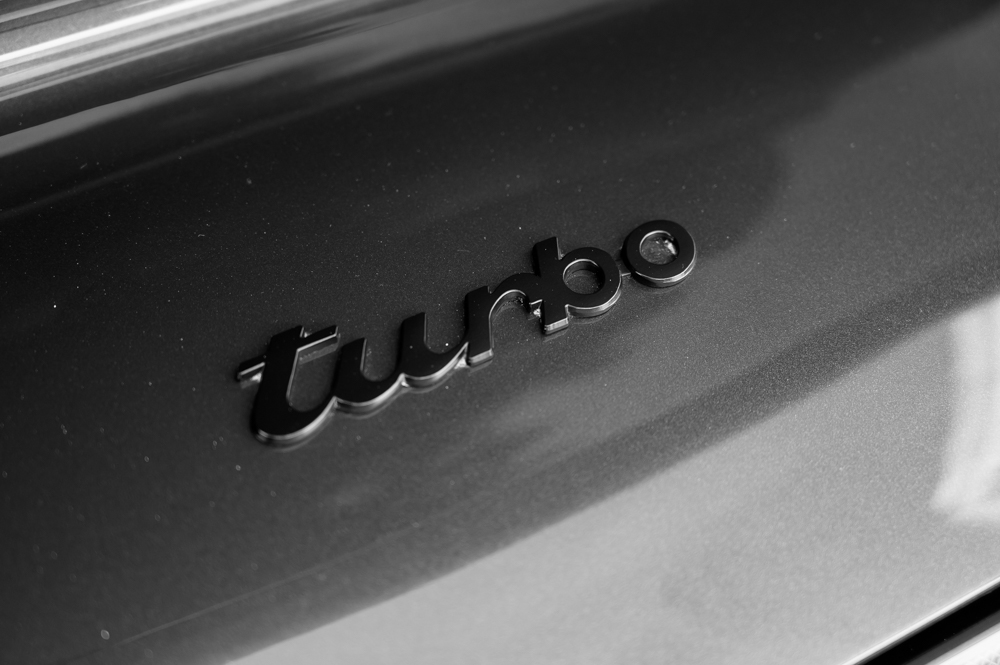
We often forget what a groundbreaking achievement the Porsche 911 Turbo 3.0 represented when it went into production in 1975. Remarkably, it was developed during a time period when fuel inefficient performance vehicles were the targets of heavy regulation during a global energy crisis. Known as the type 930 because of its different style of engine – turbocharged rather than naturally aspirated – who could have guessed it was Porsche’s first supercar.
After the success of the legendary 917/10s and 917/30s in Can-Am, it was clear to Porsche management that turbocharging was clearly the pathway forward for Porsche on the racetrack. With limited funds available managers found they could race only 911s. The surprising second-overall finish of their Martini & Rossi Carrera RSR Turbo 2.1 at Le Mans in 1974, sandwiched between the kind of prototypes Porsche could no longer afford, dictated Porsche’s racing future. As a result, management ordered 400 of the Typ 930 Turbo assembled and sold to satisfy FIA homologation requirements so that Porsche could contest Group 4 with the new 934 Turbo RSR.
Like the previous homologation Carrera 2.7 RS model, Porsche’s Marketing Department grossly underestimated the world’s appetite for a turbocharged 911 for public roads. As it turned out, there was a big demand for a supercar that could do everything comfortably.
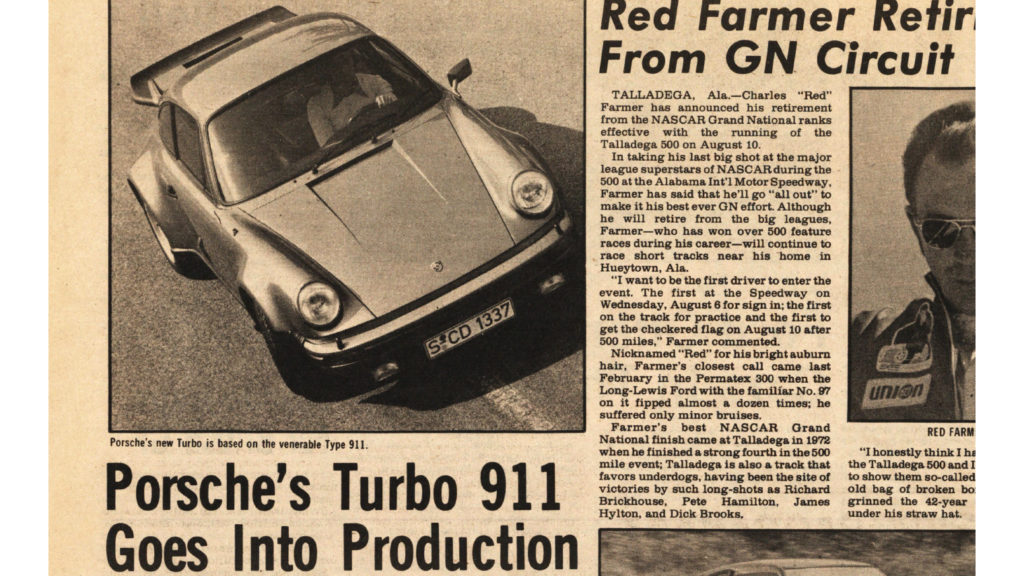
Whether it was desperation or pure fortitude in the face of slacking sales, Porsche hit a proverbial home run when they introduced the 3.0 Turbo in North America in 1976. Introduced as the Turbo Carrera, Porsche now had a bona fide ultra-high production sports car for sale in the United States when most other manufactures had given up on the heavily regulated American market.
With 0-60 miles per hour time of 6 seconds, it was the 13.1 seconds to reach 100 miles per hour combined with a top speed of 155 miles per hour that made the Turbo 3.0 a production super car that no other manufacture could touch. It also happened to do it with dependability and ease.
The lightest 930 specification was the H model produced in 1975, which Porsche listed at 2,514 pounds. In true weight saving measures, many of these 1975 models were ordered with no sunroof or air conditioning. (While modern racecars are air-conditioned, it was unheard of in 1975. Drivers were expected to suffer for their sport.)
H-Series cars from 1975 are easily identifiable with their body painted flag mirrors and Spartan interiors without double door panel stitching or center console when delivered to RoW. As a result, these earlier H-Series have a lighter and more responsive feel than any other variant of the 930. Porsche went to great lengths to ensure quality control on the early 3.0 Turbos. Each 930 received a dyno test and through road test before being delivered to each dealer.
Chassis 930 570 0117 was finished on the production line on April 10th, 1975. It was delivered in paint to sample Oak Green Metallic with a black leather interior. It was ordered with air conditioning, a Becker Grand Prix Radio, and had special Cibié fog lights installed at the dealer. Chassis #0117 was also delivered with a very early gearbox that is out of sequence of production and was built in 1974. On the factory gearbox card, it was noted that 1st and 2nd gear ratios were changed, and had a 40% limited slip differential. Lastly, chassis #0117 was delivered with a strong engine with a 269 hp rating from the dyno before leaving the factory (Porsche officially advertised 260hp).
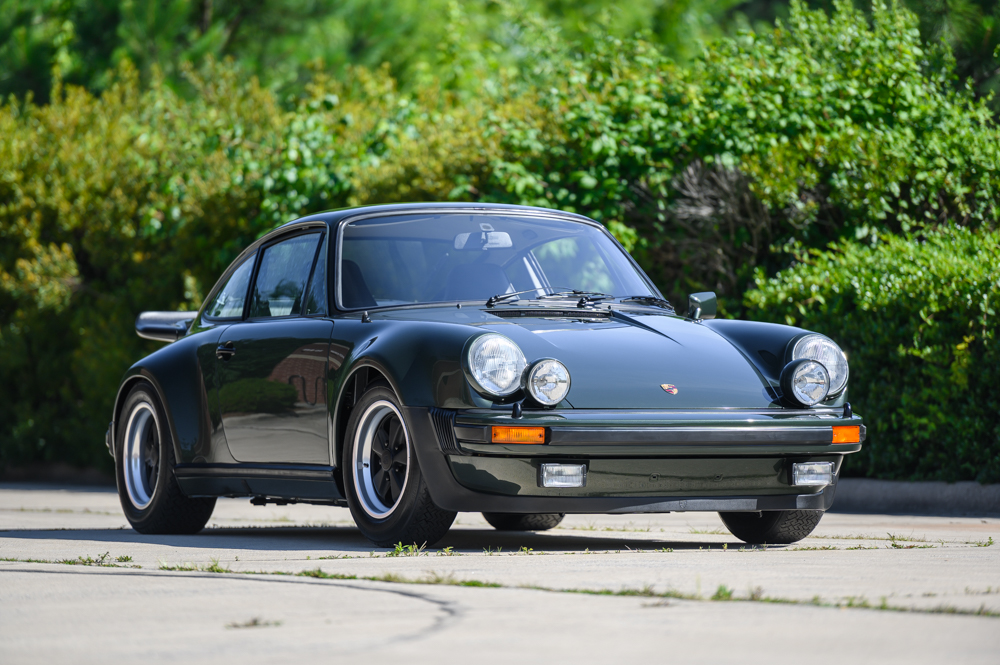
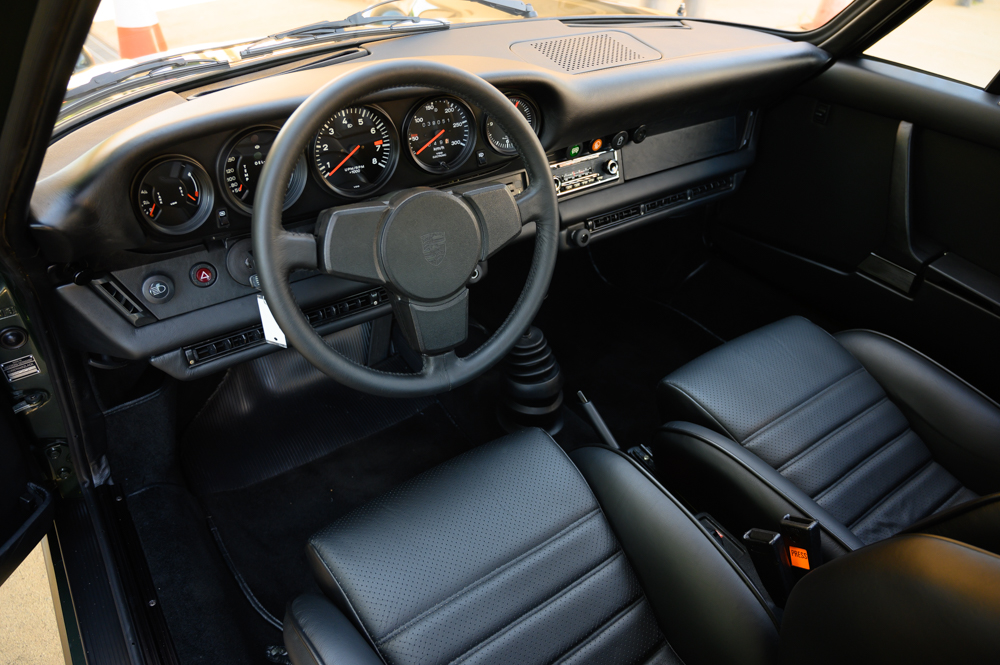
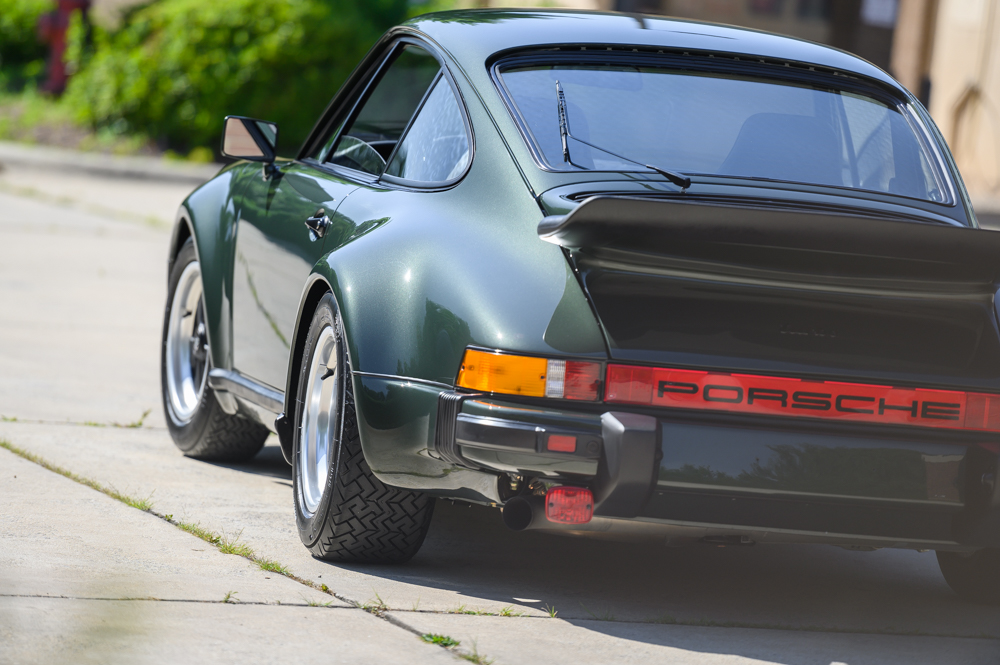
Chassis 930 570 0162 was also finished on the production line in April of 1975 but delivered in May. It was delivered in Salmon Metallic with a black leather interior. It was ordered with no air conditioning, rear wing delete, and special one-off front apron that was completed by the Porsche “design studio.” To round out this ultra-rare custom 930, Chassis #0162 was ordered with no model designation lettering on the engine lid, special Bamberg radio, limited slip, Pirelli P7 tires, copper red carpet, and wheels painted in a contrasting Gazelle metallic. Chassis also left the factory with a healthy engine with 263hp after being tested on the dyno.
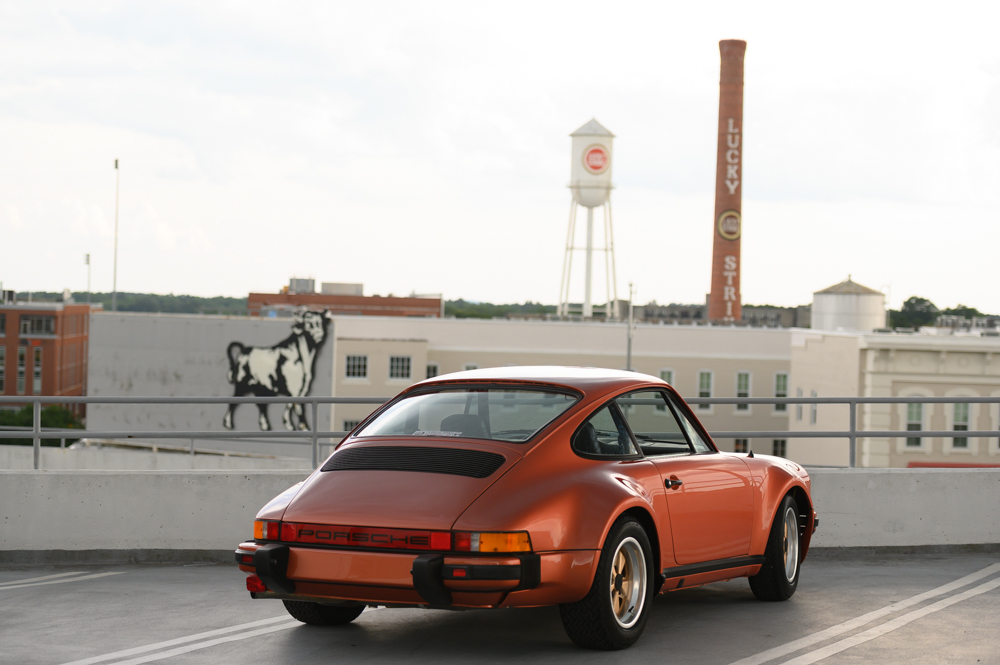
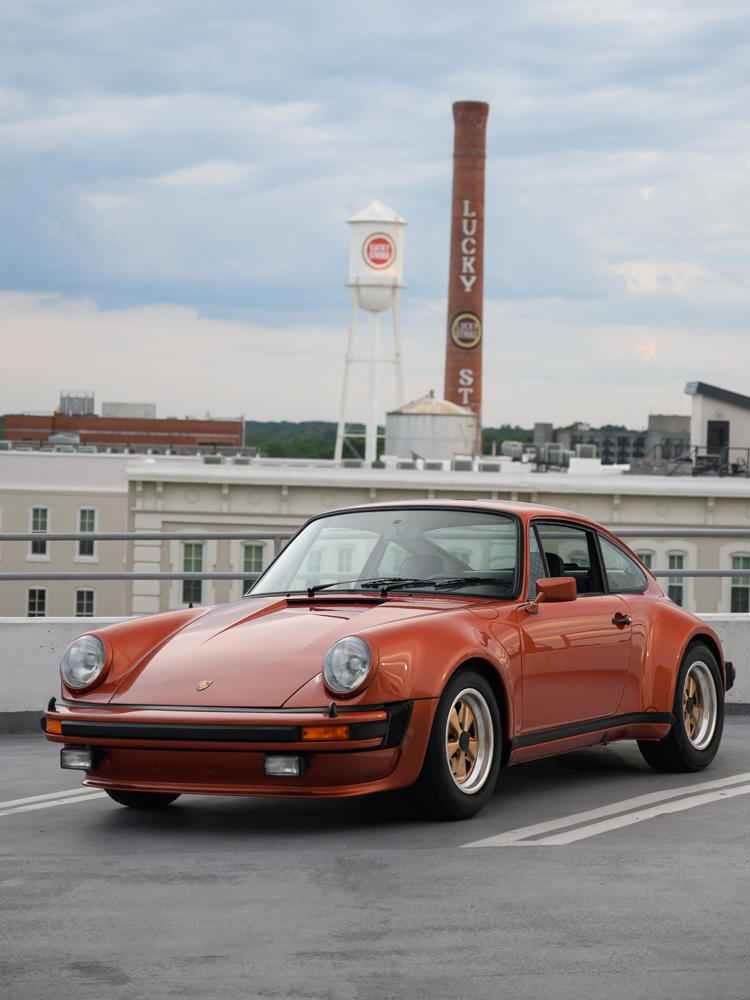
Both these individual Turbos were ordered with ultra-cool specifications and the restorations were well worth the effort. The factory originally assembled these 1975 Turbos was a lot of attention; they offered the first lot only to their best customers who were allowed special orders to a high degree of customization. The factory was obsessed with the gearboxes and final driving characteristics of these first generation 930s. It shows; driving an early 3.0 Turbo is a fun and hybrid experience. You are aware of the turbo but it feels like a lighter more responsive earlier 911.
What we did not appreciate were all the nuances of midyear impact bumper cars and how they were produced at the factory.
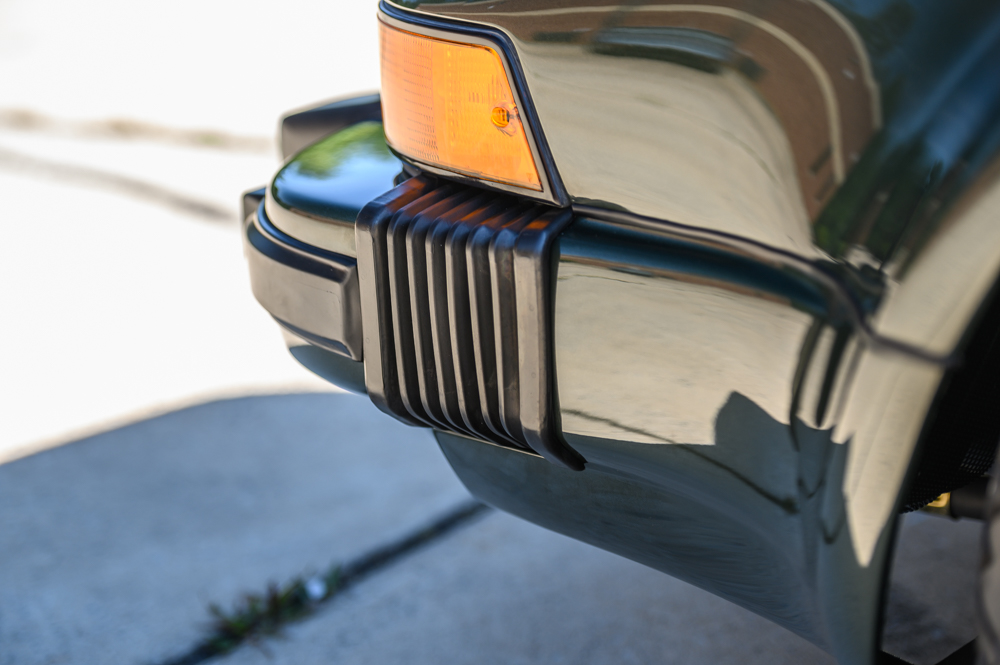
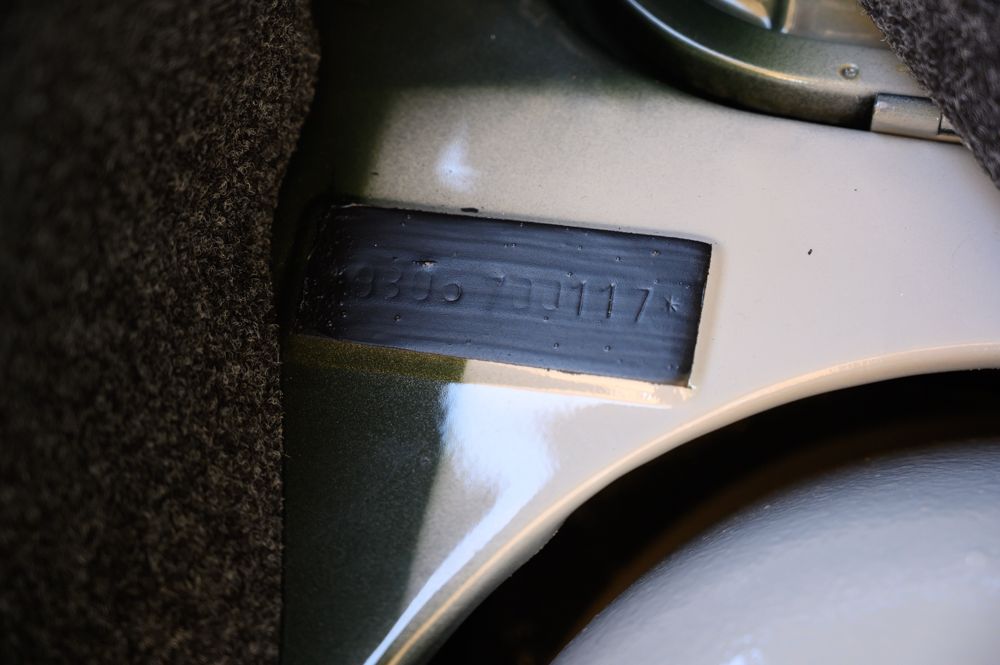
From correct date-coded turn signal lenses, mid-year factory overspray practices, correct date-stamped parts (Fuchs wheels, Bilstein shocks, aluminum cross members, etc.), correct aluminum valve stem supports, correct Space Saver tire, factory inspection marks, front one piece S-type aluminum ATE brake calipers, correct yellow zinc plating, original German hardware for the complete car, “banana style” aluminum trailing arms, correct decals, determining correct parts for the earlier 930/50 engine and exhaust system – the list goes on and it was all a neurotic challenge. We went through four different companies that perform black anodizing before finding the correct hue for the window trim and door frames. The custom front apron that we created for chassis #0162 took a lot of time to produce. We only had visual references from two pictures of an ill-fitting factory prototype and the one-piece fiberglass front spoiler featured on the 1975 and 1976 Turbo brochure cover.
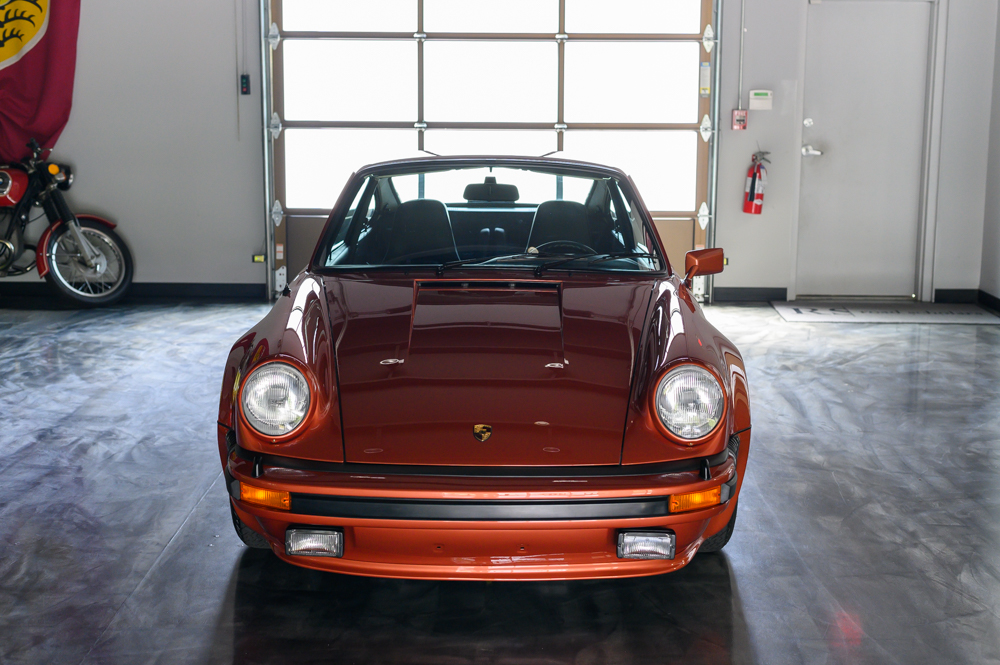
There was a significant learning curve for us in restoring both these Turbos in an authentic manor. Again, we wanted to preserve how these special homologation-specification cars were built in 1975. We are truly fortunate to have customers that are passionate about getting the details right.
I would be remiss if I did not recognize one of restoration mechanics, Bryan Gremchuk, who performed an incredible job overseeing both projects.
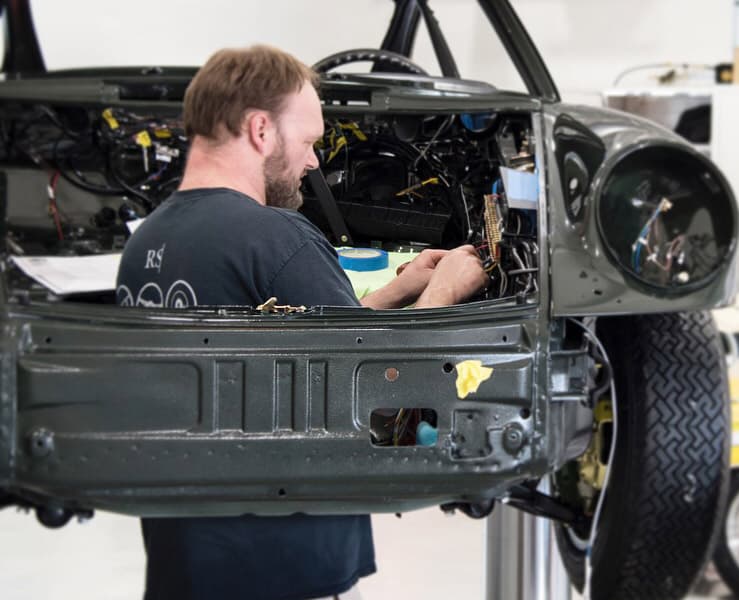
Lastly, we owe a great debt of gratitude to Ryan Snodgrass for his groundbreaking work and pivotal books on both the 2.7 MFI Carrera and Turbo 3.0. His dedication and detailed model documentation in both books are a restorer’s dream for research and reference.
Now we will start another special 1975 Turbo restoration, in a special color that will challenge many Porschephile in disbelief of its authenticity. And that is always a fun thing!

